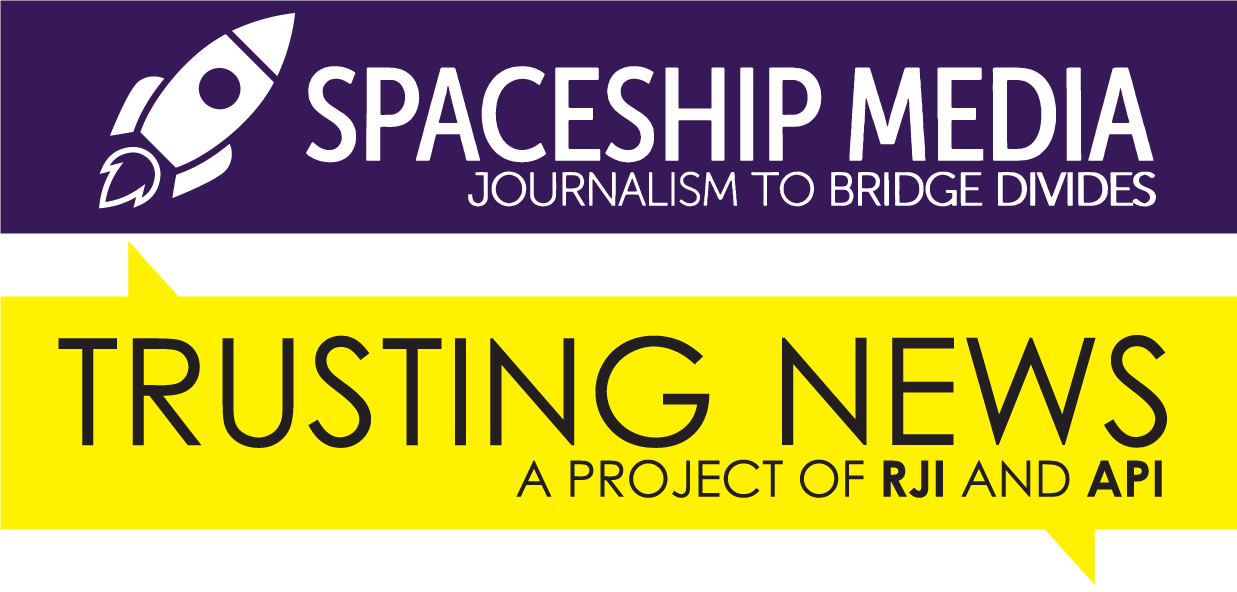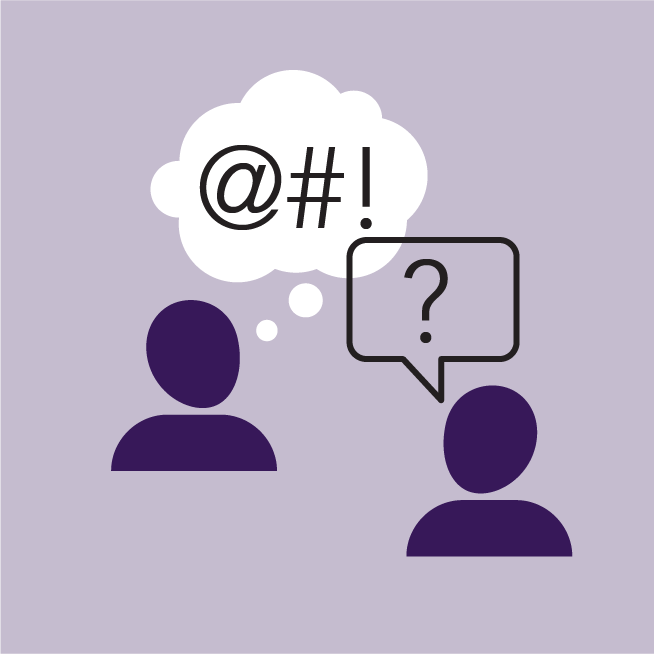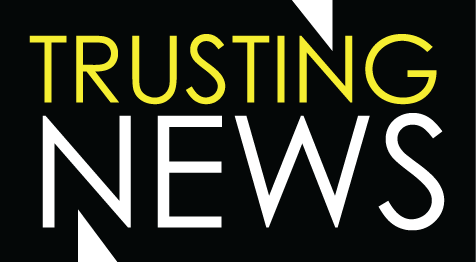Dimensions of Difference: Dimensions & Dialogue

YOU
NEWSROOM
COMMUNITY
THE STORY
DIALOGUE
ABOUT
Starting a conversation
When we know our own values and views as well as those of the people we work with, we are better positioned to communicate productively with one another. When something is invisible, unarticulated or unexamined, it is difficult to raise it in conversation.
By recognizing points of friction, such as generational divides or ideological splits (like “activist” vs “objective”), we can bring more awareness to discussions within our newsroom.
Having a productive dialogue around challenging issues can be improved by always: assuming good intentions (the vast majority of us have them), listening first (asking genuinely curious questions), and by remembering that the relationships and trust needed for open conversation are built with care over time.

Exercises to help you start a conversation
This section has two activities.
The first is designed to help you to reflect on yourself and a person or people you hope to engage with about a story-related topic. This exercise is designed for individual newsroom staff to use on their own.
The second activity asks you to use a similar practice to address how divisive topics are affecting your newsroom’s coverage.
Exercise #1
Approaching difficult conversations
How to use this exercise:
What to Prepare: Share this exercise with your practice group and ask them to complete it on their own.
As with reporting a story, much of the work of a good conversation or discussion is invisible in the final work product.
Before you discuss a topic or issue with a coworker, do some prep work to help you have a productive discussion. You want to be heard, of course, and so does the person you are talking to. Here is a reflection strategy you can practice before you approach a difficult topic.
Consider how you are thinking about the person you’d like to talk to: Are you carrying negative ideas about this person? Can you identify any assumptions you’ve made about how or what they think in regard to this topic? Take two minutes to make a list.
Next, consider what negative ideas you think they might be carrying about you. What do you imagine they think about you with regard to this topic? Make another list of what you suppose they think of you.
Take a look at both lists. Can you dismiss these ideas as being stereotypes? Exaggerations? Do they come from a place of anger? Resentment? Frustration? Can you find a more empathetic way to look at them and to ask them to look at you?
Most of the time we find that these stereotypes are extreme, judgy and not nuanced enough to be accurate.
By identifying and then considering our negative ideas (stereotypes, generalizations, and assumptions) about other people we can step over these ideas and let our curiosity take over.
Now, the next step.
Write down questions you can bring to the conversation that are genuinely curious. These aren’t ‘gotcha’ questions — these are questions you genuinely don’t know the answers to. Think about questions that assume the best of the other person, and that they come to their view or practice from a place of decency.
Now put this practice into action. Ask your curious, genuine questions and start by listening.
What did you learn? Was it hard? Fill out our survey here so we can improve this exercise.
Exercise #2
Practicing dialogue
How to use this exercise:
What to Prepare: Have everyone come prepared to practice discussing a topic that causes frictions or divides in your newsroom and is impacting coverage. Share this list of tips for fostering a productive dialogue:
- Affirm you are all on the same page (you all want to do good work for your community)
- Ask genuine questions
- Take time to listen and understand rather than trying to prove your point
- Point to specific language and story framing (raise real world examples)
- Embrace your journalistic curiosity
- Be humble – remember that you truly don’t know everything
- Enjoy learning and growing — find ways to honor your own curiosity and openness
When you come together, agree to these constraints:
- We will listen carefully to one another
- We will assume the best intentions of one another
- We will focus on the common goal of doing good journalism
- We will ask clarifying questions and try our best to understand
- We will be patient with each other
Ask everyone to take five minutes to jot down a list of challenges that are impacting your newsroom’s coverage. Are there generational divides about core values motivating what you cover? Are there different ideas about how to cover a particular topic area? Are there things you just don’t know about the communities you serve?
Then, have everyone take a few more minutes to pick a topic and brainstorm a list of challenges that might get in the way of having a productive discussion, like the fear of saying the wrong thing and hurting someone’s feelings, or the fear of being wrong and not understanding something in its complexity.
Gather in groups of three and discuss each person’s chosen issue. Make sure everyone gets a chance to talk. Remind everyone to be conscious of their own role in supporting productive dialogue.
After 15-20 minutes, regather as a whole group. Prompts:
- What worked and what didn’t?
- Did everyone feel heard (Listened to, if not fully understood)?
- What could you do better next time?
- What felt good?
- What is next? Keep talking?
.
- Affirm you are all on the same page (you all want to do good work for your community)
- Ask genuine questions
- Take time to listen and understand rather than trying to prove your point
- Point to specific language and story framing (raise real world examples)
- Embrace your journalistic curiosity
- Be humble – remember that you truly don’t know everything
- Enjoy learning and growing — find ways to honor your own curiosity and openness
When you come together, agree to these constraints:
- We will listen carefully to one another
- We will assume the best intentions of one another
- We will focus on the common goal of doing good journalism
- We will ask clarifying questions and try our best to understand
- We will be patient with each other
Ask everyone to take five minutes to jot down a list of challenges that are impacting your newsroom’s coverage. Are there generational divides about core values motivating what you cover? Are there different ideas about how to cover a particular topic area? Are there things you just don’t know about the communities you serve?
Then, have everyone take a few more minutes to pick a topic and brainstorm a list of challenges that might get in the way of having a productive discussion, like the fear of saying the wrong thing and hurting someone’s feelings, or the fear of being wrong and not understanding something in its complexity.
Gather in groups of three and discuss each person’s chosen issue. Make sure everyone gets a chance to talk. Remind everyone to be conscious of their own role in supporting productive dialogue.
After 15-20 minutes, regather as a whole group. Prompts:
- What worked and what didn’t?
- Did everyone feel heard (Listened to, if not fully understood)?
- What could you do better next time?
- What felt good?
- What is next? Keep talking?
About this guide
Dimensions of Difference is based on a series of workshops conducted by Eve Pearlman of Spaceship Media and Joy Mayer of Trusting News. Dimensions of Difference supports journalists in understanding their views and values, offering strategies for engaging more productively within newsrooms in the service of better journalism.


